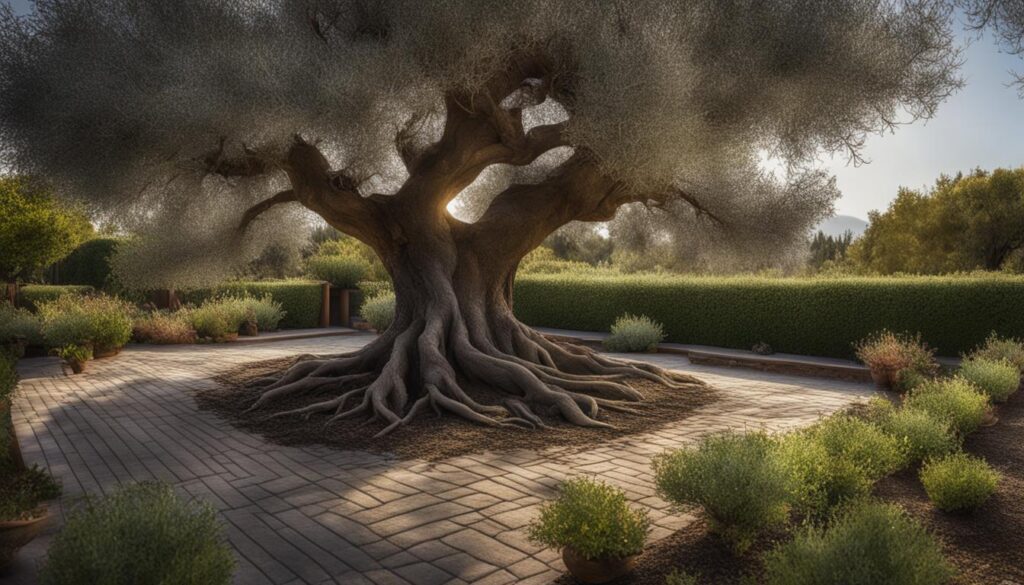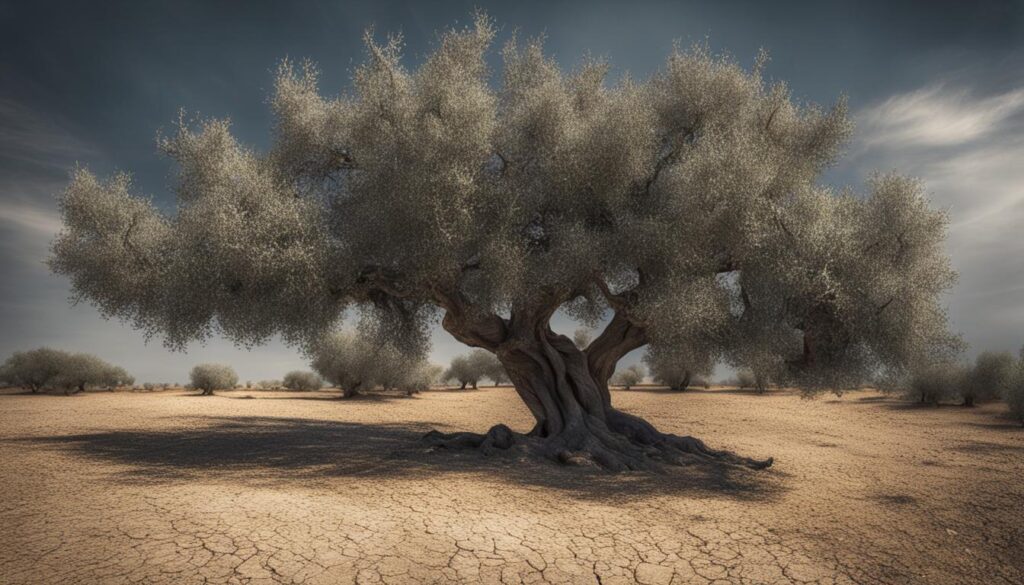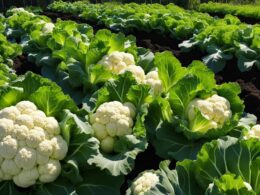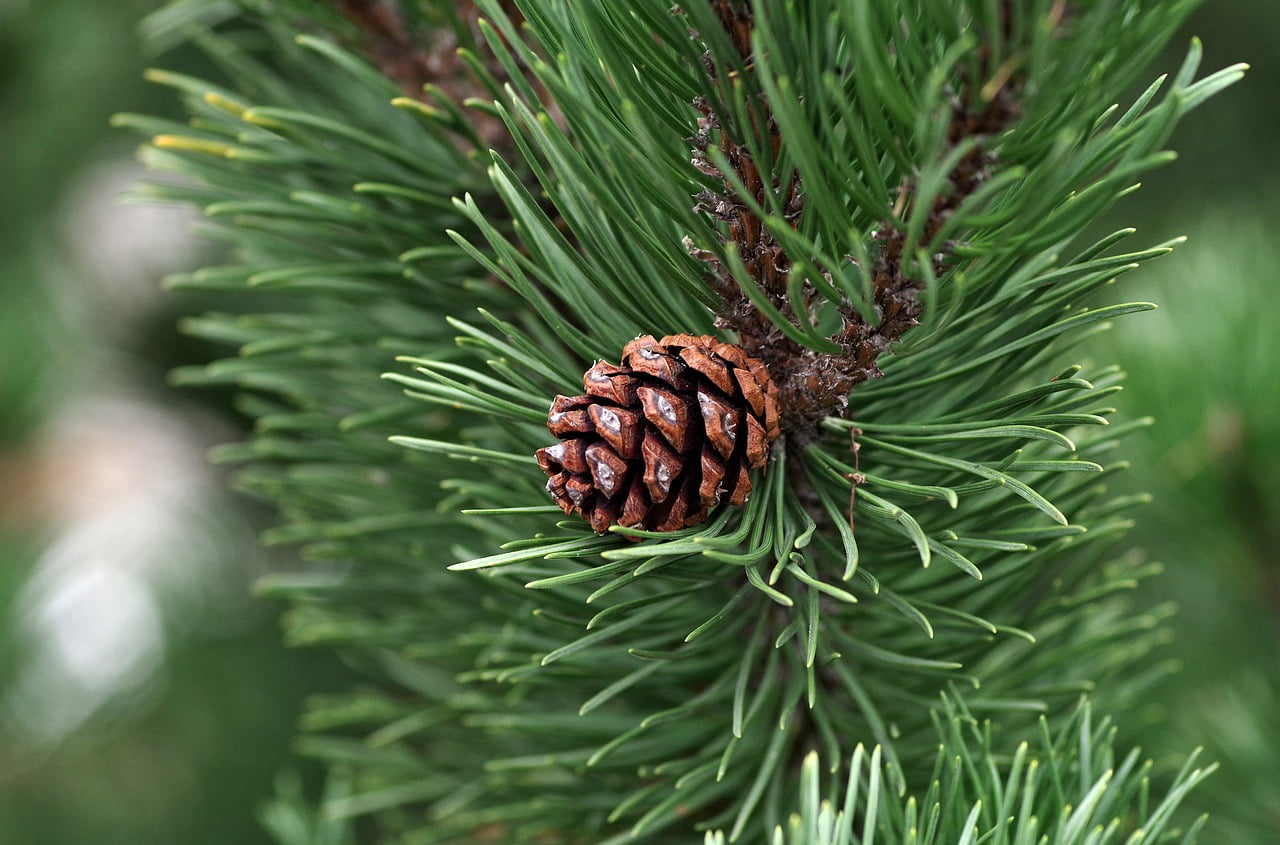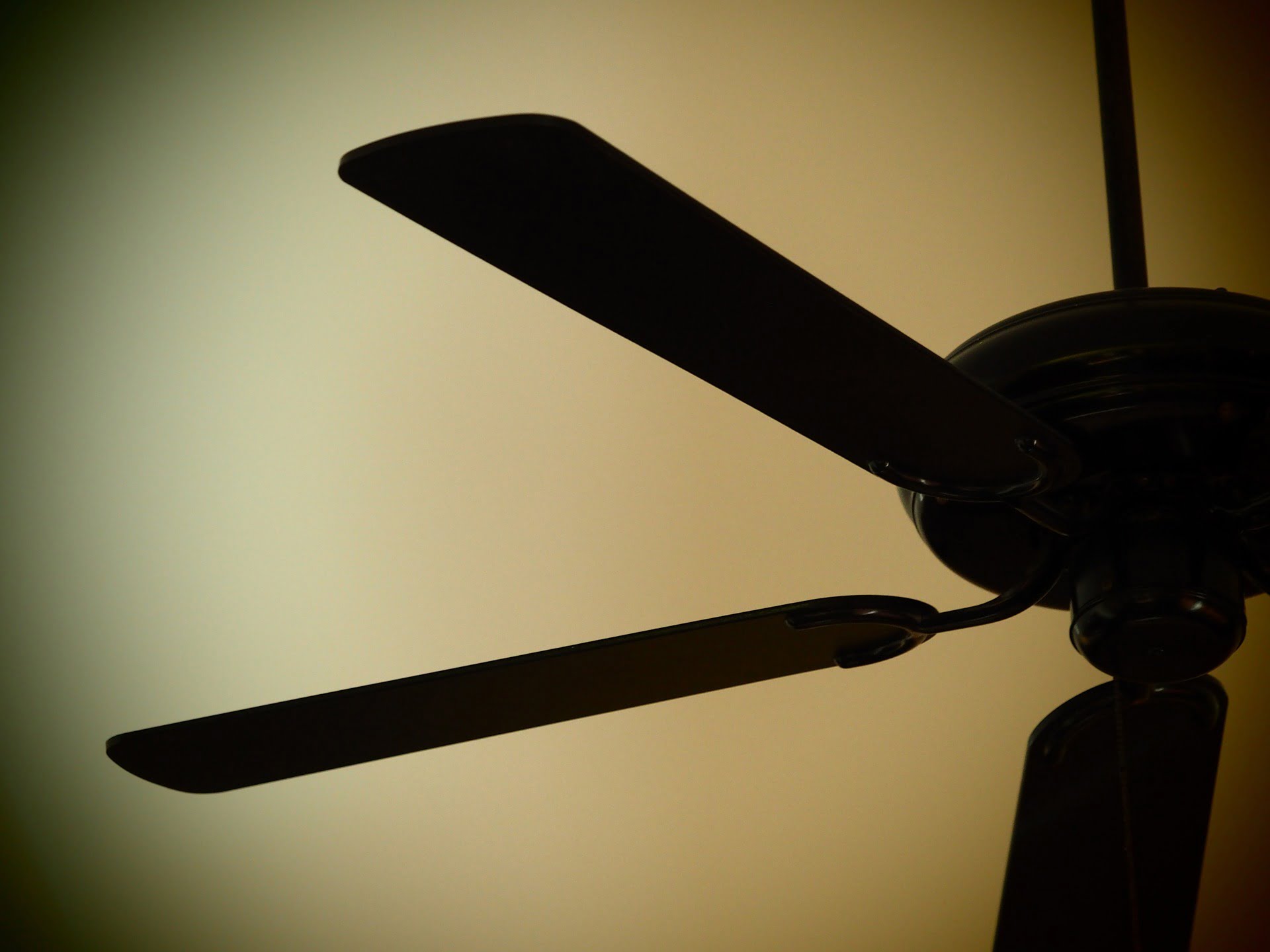When it comes to choosing decorative plants for your garden or landscaping, fruitless olive trees are a popular option. But before you make a decision, it’s essential to understand the nature of their root system. Are fruitless olive tree roots invasive? Let’s find out!
Post Summary
- Fruitless olive tree roots are not considered invasive.
- They do not grow out of control or cause damage to the garden or landscaping.
- Planting fruitless olive trees near homes is safe.
- No risk of foundation damage or root interference with underground pipes.
- Fruitless olive trees are an excellent choice for low-maintenance and visually appealing landscapes.
What is a Fruitless Olive Tree?
A fruitless olive tree is a stunning ornamental plant that serves as a decorative addition to any space. While it does not produce edible olives, it still displays lush green leaves and branches, making it a popular choice for its aesthetic value. The fruitless olive tree adds an element of sophistication and elegance to home gardens, office landscapes, and public parks.
These trees hold historical significance and have been cultivated for centuries for ornamental purposes. The ancient Greeks and Romans admired the beauty of olive trees and incorporated them into their art and architecture. Today, the fruitless olive tree continues to captivate with its graceful form and timeless appeal.
“The fruitless olive tree adds an element of sophistication and elegance to home gardens, office landscapes, and public parks.”
Whether used as a focal point or planted in rows to create a natural border, the fruitless olive tree adds a touch of Mediterranean charm to any landscape. Its silvery-green foliage and gnarled trunk create a visually striking contrast against other plants, while its hardiness and adaptability make it an excellent choice for various climates.
Overall, the fruitless olive tree is an exquisite choice for those seeking a visually appealing and low-maintenance addition to their outdoor space. Although it may not bear edible fruit, its ornamental value and historical significance make it a truly remarkable tree to admire.
How Big Do Fruitless Olive Trees Get?
Fruitless olive trees can reach an impressive height over time, adding stature and elegance to any outdoor space. On average, these trees can grow to be around 25-30 feet tall. However, it’s important to note that their size can be managed through regular pruning. By carefully shaping and trimming the branches, you can control the tree’s growth and maintain it at a desired height.
To give you a better idea of the potential growth, here is a table that outlines the average height of fruitless olive trees at different stages:
| Years | Average Height |
|---|---|
| 1-2 | 2-4 feet |
| 3-5 | 6-10 feet |
| 6-10 | 12-20 feet |
| 10+ | 25-30 feet |
It’s worth mentioning that there are also dwarf varieties of fruitless olive trees available. These smaller versions can be grown in pots both indoors and outdoors, making them a great option for those who have limited space or want to add greenery to their interiors.
With regular maintenance and careful pruning, you can enjoy the beauty of fruitless olive trees at a size that suits your space and preferences.
Do Fruitless Olive Trees Drop Leaves?
Fruitless olive trees are known for their evergreen nature, meaning they retain their leaves throughout the year. However, it is normal for these trees to shed a few leaves periodically. This natural leaf shedding is part of the tree’s growth cycle and should not be a cause for concern.
If you notice that your fruitless olive tree is losing an excessive amount of leaves or if the leaves are turning yellow, it may be an indication of a problem. Excessive leaf shedding can be a sign of disease or improper care. It’s important to identify the underlying issue and take appropriate action to ensure the tree’s health.
One way to limit leaf shedding is through regular pruning. By pruning the tree in early spring before new buds form, you can help maintain a full canopy of leaves and reduce the amount of leaf drop. Additionally, providing the tree with proper care, such as regular watering and fertilization, can promote healthy leaf growth and minimize leaf loss.
Managing Leaf Shedding on Fruitless Olive Trees
- Inspect the tree for signs of disease or pests. If you notice any issues, consult with a professional arborist or horticulturist for proper diagnosis and treatment.
- Prune the tree in early spring to encourage healthy growth and limit leaf shedding.
- Ensure the tree receives adequate water and nutrients to promote healthy foliage.
- Monitor the tree regularly and address any issues promptly to maintain its overall health and appearance.
By following these guidelines and providing proper care, you can minimize leaf shedding on fruitless olive trees and enjoy a lush, attractive outdoor space.
| Common Causes of Excessive Leaf Shedding | Solutions |
|---|---|
| Lack of water | Ensure the tree receives sufficient water, especially during dry periods. |
| Poor soil conditions | Improve soil quality by amending it with organic matter and providing appropriate fertilizer. |
| Disease or pests | Identify the specific issue and implement appropriate treatment, such as using organic pesticides or consulting with a professional. |
| Improper pruning | Follow proper pruning techniques and timing to maintain the tree’s health and appearance. |
How Fast Do Fruitless Olives Grow?
Fruitless olive trees have a steady growth rate, making them an excellent choice for those looking to establish a beautiful and established tree in their landscape. On average, fruitless olive trees can grow between 3 and 5 feet in height per year. Over their lifetime, they can reach a total height of 25 to 30 feet, providing a grand presence in any outdoor space.
It’s important to note that the growth rate of fruitless olive trees may vary depending on various factors such as climate, soil conditions, and care. However, in general, these trees are known for their relatively fast growth compared to other ornamental plants.
When planting a fruitless olive tree, it’s crucial to provide proper care and maintenance to ensure optimal growth. Regular pruning can help shape the tree and control its size. Additionally, providing adequate water, especially during the early stages of growth and during drought periods, helps to establish a strong and healthy tree that can withstand various environmental conditions.
| Growth Rate | Height per Year | Total Height |
|---|---|---|
| Lowest Range | 3 feet | 25 feet |
| Highest Range | 5 feet | 30 feet |
“The growth rate of fruitless olive trees is impressive, allowing you to enjoy the beauty and presence of a mature tree in a relatively short period. Their growth can be managed through pruning and proper care, ensuring a visually appealing and well-maintained outdoor space.”
Factors Affecting Growth Rate
- Climate: Fruitless olive trees thrive in Mediterranean-like climates, characterized by mild winters and warm summers. However, they are adaptable and can tolerate a range of climates, making them suitable for various regions.
- Soil Conditions: These trees prefer well-drained soil and can tolerate a range of soil types, from sandy to loamy. Proper soil preparation and regular fertilization can help promote healthy growth.
- Care and Maintenance: Regular pruning, adequate watering, and proper fertilization are essential for maintaining optimal growth. Pruning helps shape the tree and encourages new growth, while water and nutrients provide the necessary resources for healthy development.
In summary, fruitless olive trees have a relatively fast growth rate, reaching an impressive height of 25 to 30 feet over their lifetime. With proper care and maintenance, including regular pruning and adequate watering, you can enjoy the beauty of a mature fruitless olive tree in your outdoor space.
Are Fruitless Olive Trees Drought Resistant?
All types of olive trees, including fruitless varieties, are considered drought resistant. Olive trees, in general, prefer less water and can thrive in arid conditions. This characteristic makes fruitless olive trees an excellent choice for those living in regions with limited water resources or facing water restrictions. Whether you’re a novice gardener or an experienced landscaper, you’ll appreciate the low-maintenance nature of these trees.
While fruitless olive trees are drought resistant, proper watering is still necessary during the initial planting phase and periods of prolonged dryness. Providing sufficient water at the time of planting helps the tree establish its root system and adjust to its new environment. As the tree matures, it becomes more resilient to drought conditions. Nonetheless, maintaining adequate soil moisture during dry spells ensures optimal growth and health.
When watering fruitless olive trees, it’s important to strike a balance. Overwatering can lead to root rot and other fungal diseases, while underwatering can cause stress and hinder growth. To avoid these issues, monitor the soil moisture regularly and water deeply, allowing the water to penetrate the root zone. Applying a layer of mulch around the base of the tree can help retain moisture in the soil and reduce evaporation.
| Watering Tips for Fruitless Olive Trees |
|---|
| Water deeply, ensuring the water reaches the root zone. |
| Monitor soil moisture regularly to prevent overwatering or underwatering. |
| Apply a layer of mulch to retain soil moisture and reduce evaporation. |
| Adjust watering frequency based on weather conditions and the tree’s needs. |
Fruitless olive trees are known for their adaptability to various climates. Whether you live in a hot, dry desert region or a Mediterranean-like climate, these trees can thrive and bring beauty to your outdoor space. Their drought-resistant nature, combined with their ornamental value, makes them an attractive choice for homeowners, landscape architects, and gardening enthusiasts alike.
Benefits of Planting Fruitless Olive Trees in Drought-Prone Regions
- Requires less water compared to other tree species, reducing water consumption and costs.
- Tolerates dry and arid conditions, making it suitable for water-restricted areas.
- Adds beauty and sophistication to the landscape, enhancing the overall aesthetic appeal of the surroundings.
- Provides shade and privacy, creating a comfortable outdoor space even in harsh climates.
- Requires minimal maintenance once established, saving time and effort on landscaping tasks.
Conclusion
In conclusion, fruitless olive trees make an excellent choice for any landscape. Not only do they add beauty and sophistication, but their non-invasive root system allows for worry-free planting near homes without the risk of foundation damage. The attractive foliage of these trees, coupled with their historical significance, can enhance any outdoor space.
Furthermore, fruitless olive trees are drought-resistant and require minimal maintenance. Their ability to thrive in arid conditions makes them ideal for various climates. By providing sufficient water during the initial planting phase and drought periods, these trees can establish themselves and become even more resistant to drought over time.
To ensure the desired size and shape, regular pruning of fruitless olive trees is recommended. This not only helps manage their growth but also promotes a full canopy of leaves, creating an attractive and well-maintained appearance. With proper care, a fruitless olive tree can truly be a low-maintenance addition to your landscape.
FAQ
Are fruitless olive tree roots invasive?
No, the roots of fruitless olive trees are not considered invasive. They do not grow out of control or cause damage to the garden or landscaping.
What is a fruitless olive tree?
A fruitless olive tree is a type of olive tree that does not produce edible olives. However, it still grows leaves and branches, making it a popular choice for its ornamental value.
How big do fruitless olive trees get?
Fruitless olive trees can grow to be around 25-30 feet tall over a period of several years. However, their size can be managed through regular pruning or by opting for dwarf varieties that can be grown in pots.
Do fruitless olive trees drop leaves?
Fruitless olive trees are evergreen and usually only drop a few leaves throughout the year. Excessive leaf shedding or yellowing leaves may indicate disease or improper care.
How fast do fruitless olive trees grow?
On average, fruitless olive trees can grow between 3 and 5 feet in height per year. Over their lifetime, they can reach a total height of 25 to 30 feet. The growth rate may vary depending on growing conditions.
Are fruitless olive trees drought resistant?
Yes, fruitless olive trees, like all olive trees, are considered drought resistant. They prefer less water and can thrive in arid conditions, but it’s important to provide ample water when first planting them and during periods of drought.
Are there any planting considerations for fruitless olive trees?
Fruitless olive trees are a great addition to any landscape. Their non-invasive roots make them safe to plant near homes without worrying about foundation damage. They are attractive, low-maintenance plants that can adapt to various climates.
What are the potential risks of planting fruitless olive trees due to their roots?
When planting fruitless olive trees, it’s crucial to consider the potential risks of olive tree root damage insight. These trees have aggressive and expansive root systems that can cause damage to underground pipes, sidewalks, and foundations. It’s important to plan their location thoughtfully to avoid these issues.







